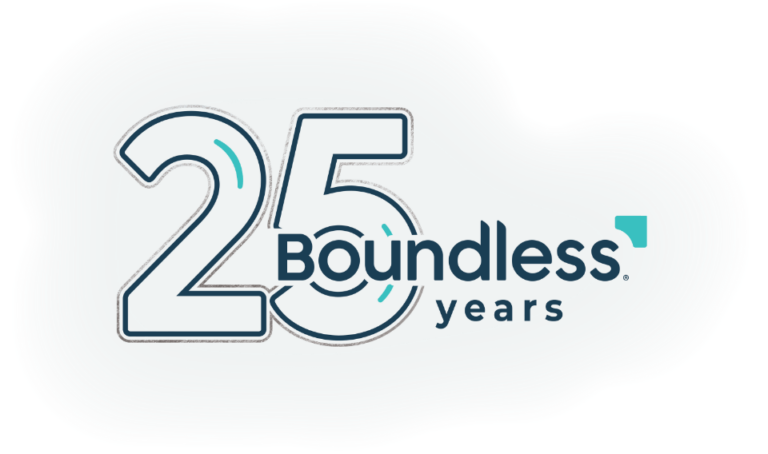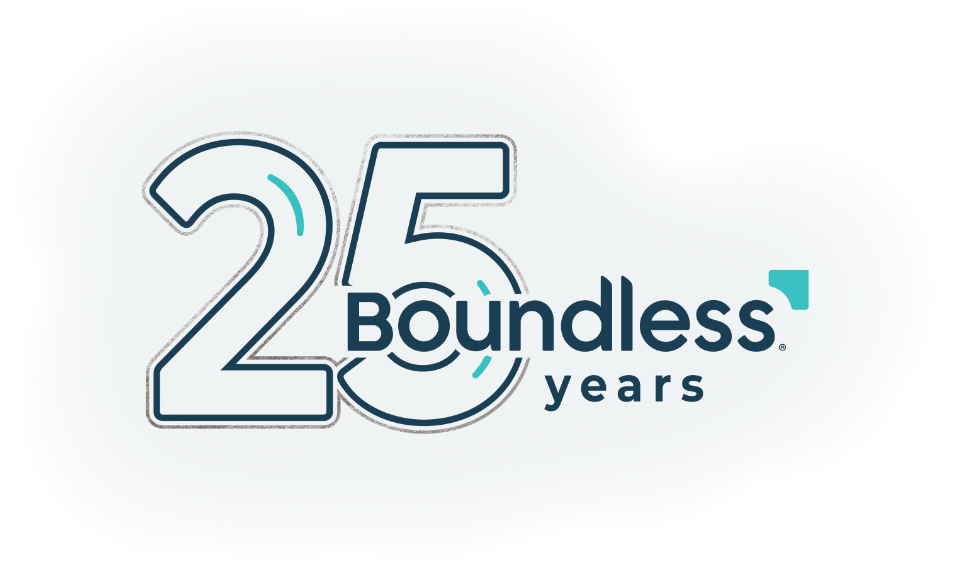I confess: My finances aren’t the result of keen study, long practice or a natural knack for numbers. I don’t have these strengths. What I’ve got is a lot of weaknesses. That’s what most shapes my finances. For example:
I’m color-blind. Financially, that’s a very good thing. Ever fearful of buying clothes that don’t match, I just don’t buy clothes. Except when I have to. And then I buy bullet-proof apparel that lasts for years — in flashy colors like black and white and khaki. (And certain shades of what the clerk calls blue.) When my wardrobe strays from the straight and narrow, people call me “color bucket.” So my inability to comprehend the color wheel saves me hundreds of dollars a year — and cuts down on the name-calling.
My lack of a measurable attention span is another thrifty handicap. It hasn’t increased since the sixth grade. I can’t sit still in a movie theater for 7,200 seconds, so there’s no point in paying seven bucks just to have other theater patrons yell at me to quit pacing and watch the movie like a normal person. Annual savings: another $100 or so.
And I have no patience for bookkeeping. I know how to work a basic spreadsheet and check register, and I even figured out how to run Quicken software … kind of. But I absolutely hate that kind of work. If I enjoyed it, I might attempt complicated stunts like consumer debt, check floating and tax dodges. I figure my impatience and ineptitude in accounting keeps me out of all sorts of trouble. And it forces me to make money matters as simple as possible.
This last weakness is pretty common. If you’re like most people, the term money management either puts you to sleep or makes you sweat. It conjures up visions of bills and receipts, taxes and forms, ledgers and spreadsheets and columns of numbers that never add up the same way twice. But it doesn’t have to be that way. Money management can be easy and, dare I say, kind of fun. I’ll show you.
Money Management the Easy Way
Basically, there are just four things you can do with money: get it, give it, save it and spend it. So it figures that the simplest way to manage your money is to track it in four accounts, one for each activity. (At this point, you might want to grab a pad of paper and a pen.)
Get
Obviously, to give, save or spend money, first you’ve got to get some. That’s what paychecks and parents are for. The first step in managing your money is to track whatever you get, wherever you get it. That’s what a checking account is for. Start by depositing every dollar of income into your checking account. Don’t get fancy and try making deposits directly into your savings account. And if you get paid in cash, put it in your checking account, not your wallet. Your checkbook register is your record for all the money you get. Your checking account acts as a holding tank, keeping your money out of trouble till you’re ready to do something else with it. Something fun, like …
Give
The coolest thing you can do with money is give it away. (I’ll save the details on this activity for a future column.) For now, let’s just look at the accounting. If you give a percentage of your income each month, then some of the money stowed in your checking account is destined for a higher purpose. It deserves its own account. A GIVE account. Don’t worry, you don’t need to open another bank account. This one’s a virtual account: The money in your GIVE account is stored in the holding tank called your checking account. But to keep track of it, you will need a separate register. A GIVE register.
You can use a spreadsheet or a columnar pad, or just draw four columns on a sheet of notebook paper to make a register. Label the columns DATE, TRANSACTION, AMOUNT and BALANCE. Whenever you deposit income in your checking account, make another “deposit” in your GIVE account and record it in the register. Let’s say you get a paycheck for $200 and you’ve made a commitment to give 10% of your income. Record the full amount in your checkbook register, then record a deposit of $20 in your GIVE register. When it’s time to pay bills, write your giving check, record it in your checkbook register, and record the amount as a withdrawal in your GIVE register.
This little accounting trick does some cool things: You always know exactly how much to give — and how much you can give — without doing a lot of math when it’s time to write the check. You’ll be less likely to accidentally spend money from your checking account that’s been set aside for giving (you’ll see why in a moment). And if your income fluctuates from month to month, but your giving commitments are figured in dollars instead of percentages, any money left in the giving account can accumulate, then be used to cover special gifts.
Save
If your investing is limited to what you put in a bank savings account, this part is very easy. After making an income deposit to your checking account, make a transfer to your savings account. Your checkbook register shows what you’ve made, and your savings account statement shows what you’ve saved. For best results, come up with a percentage for your savings commitment, just like a tithe. Transfer that percentage from checking to savings with every income deposit.
If you’ve got a portfolio — money invested in certificates of deposit (CDs), stocks, mutual funds, pork bellies, whatever — then make yourself a single, virtual SAVE account by creating another register, just like the one for your giving. Record every investment, interest payment and dividend as a deposit, and every loss and expense as a withdrawal. Your current balance on the SAVE register shows you how much you really have saved up for that grad school, business startup or condo on Maui.
Spend
If you track your giving and saving in separate accounts like I’ve described above, any money that’s left goes into your SPEND account. It’s another virtual account: The money is stowed in your checking account, but the real amount of available spending dollars is recorded in your SPEND register.
Here’s how to manage this busy account: When you make an income deposit to your checking account, record your giving and saving “deposits” on those registers. Then, whatever’s left gets recorded as a deposit in your SPEND register. Every time you write a check, pay a bill, or get cash from the ATM, record the transaction as a withdrawal in your checkbook register and your SPEND register.
Wait a minute. That seems like a lot of work. Why write down everything twice? Because it solves a big problem: Most people count on their checking account balance to tell them how much money they have to spend. They stop spending when the account is empty. But the checking account balance doesn’t tell you what you need to know. It includes money that’s meant for giving, and possibly for savings. You need to know what you can spend, not what you have. Your SPEND register shows you the proper figure.
This extra step serves another purpose: By writing down everything you spend, you become more aware of your spending habits. With some quick addition, you can figure out exactly how much you really spend on food or clothes or entertainment, or any other drain on your funds. Without that knowledge, you can’t make a decent budget or determine how fast you’re spending your cash. Your SPEND register is your financial speedometer.
One more thing about your SPEND account. It doesn’t have to be a single account. If you have lots of expenses and live on a very tight income, you may want to create multiple accounts, each with its own register: Housing, Transportation, Food, Fun, Taxes (sorry), etc. This will help you set aside the right amount of money for each type of expense.
Getting Started
There’s at least one flaw in this money-management system: It takes more effort to explain it than it takes to use it. So enough explaining. If you’d like to take control of your finances, give more of your money, save for your dreams and still have something left over to buy colorful clothes, then give it a try. It’s four simple steps:
- GET: Deposit all income into your checking account.
- GIVE: Deposit a portion of every dollar into this virtual account, record deposits and withdrawals in its register.
- SAVE: Transfer a portion of every dollar into a savings account; if you have more than one investment, record all transactions in a single register.
- SPEND: Subtract your giving and saving deposits from every income deposit, then record what’s left in your register; record every expense as a withdrawal … and don’t spend more than you have in this account.
As simple as this system is, it’s still missing something: a budget. How do you know how much to set aside for giving and saving? What happens when your income isn’t enough to cover your commitments? How do you survive on an income that fluctuates radically from month to month? All good questions. A simple, workable budget will give you the answers.
Until then, continue to track your money. Record everything you get, give, save and spend. You’ll need that information to put together your budget, which we’ll cover ever so simply, in plain old black and white. Like my wardrobe.
Copyright © 1998 Todd Temple. All rights reserved.










